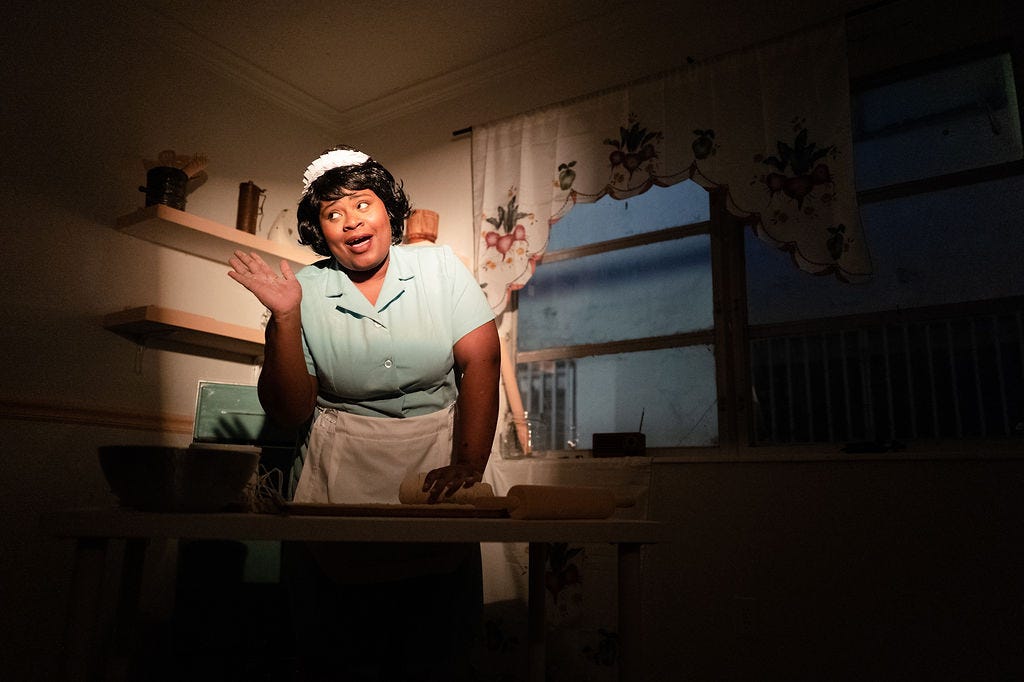
The conversation has stalled, to put it lightly. Andrew Cunanan, chatting with us in the fairly recent aftermath of killing Versace and making the FBI’s most wanted list, laughs nervously, as none of us take up his offer to buy his copies of The Chronicles of Narnia and half-used tubes of hydrocortisone (“Guaranteed to be collectors items!”). We get dragged into an adjacent hotel room, which is filled with marble busts and flashing lights, and is also pounding Donna Summer. We dance for a few minutes before he drags us back out. Cunanan then lies on the ground and pulls a gun out.
“You all might want to leave before this gets messy. Now.”
We hurry out quietly. A couple of honeymooners from a few decades earlier are dancing in their hotel room, right across the hall. One night in Miami, huh?
Miami is a city of multitudes. Going to school at University of Miami, I was always asked about life on South Beach, the party culture, and what the clubs must be like on the weekends. In actuality, I lived nowhere near that world. My weekends were mostly spent on campus in the incredibly suburban Coral Gables or browsing the luxury shops I couldn’t afford and having cheap Italian lunches in nearby Coconut Grove. Friends with cars would make the pilgrimage to South Beach, or go for wine and gallery tours in Wynwood, or, once in a blue moon, take me to Kendall, which at least for my purposes had nothing worth seeing except for my favorite retro arcade. While I could point to similar diversity between neighborhoods in cities like New York City, they’re known for that patchwork quality. Miami, in media and the public imagination, is monolithic.
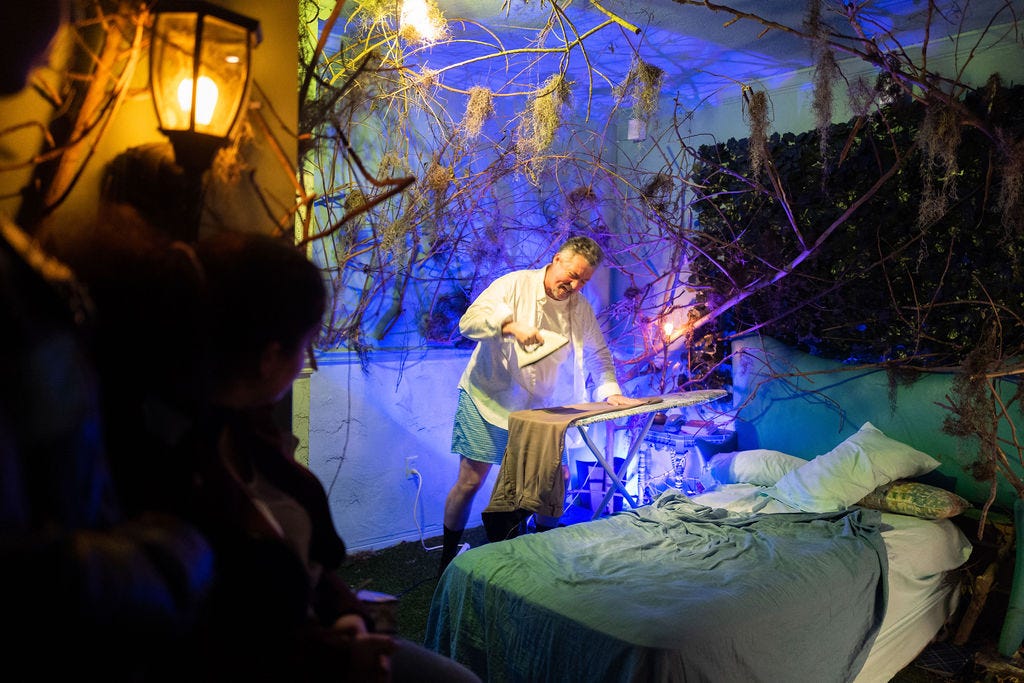
That said, Miami’s diversity isn’t going to last forever. While this review isn’t the place to go deeply into the details, the combination of gentrification, rising ocean levels, and a property market held mostly aloft by uninhabited investment properties is changing the current landscape to something closer to the national fantasy of Miami. This is a recurrent tragedy that we see playing out across the country, but Miami serves as a perfect microcosm for the forces of banality and homogenization seizing our cities.
Miami Motel Stories, a series of immersive, site-specific productions, manages to beautifully explore the contradictions and tensions that define both the city’s history and present. Each production takes place in a motel slated for destruction in the quest for ever more identical condos. Each show is a selection of scenes, between five and 15 minutes in length, which explore some small piece of the neighborhood’s history. These often require light interaction: a bit of conversation, assistance with a prop, or a small task to complete while the scene progresses.
This iteration took place in North Beach, a historically wealthy suburb with a large Jewish population, which in recent years has been the site of increasing tensions as economics and demographics shift. The show uses the Ocean Terrace Motel as its venue, where each room has a different story. Reflecting the variety of stories in the community, the show has four tracks: “Glamour,” “Crime,” “Outsiders,” and “Home.” (For press preview purposes, I went through the first two tracks.)
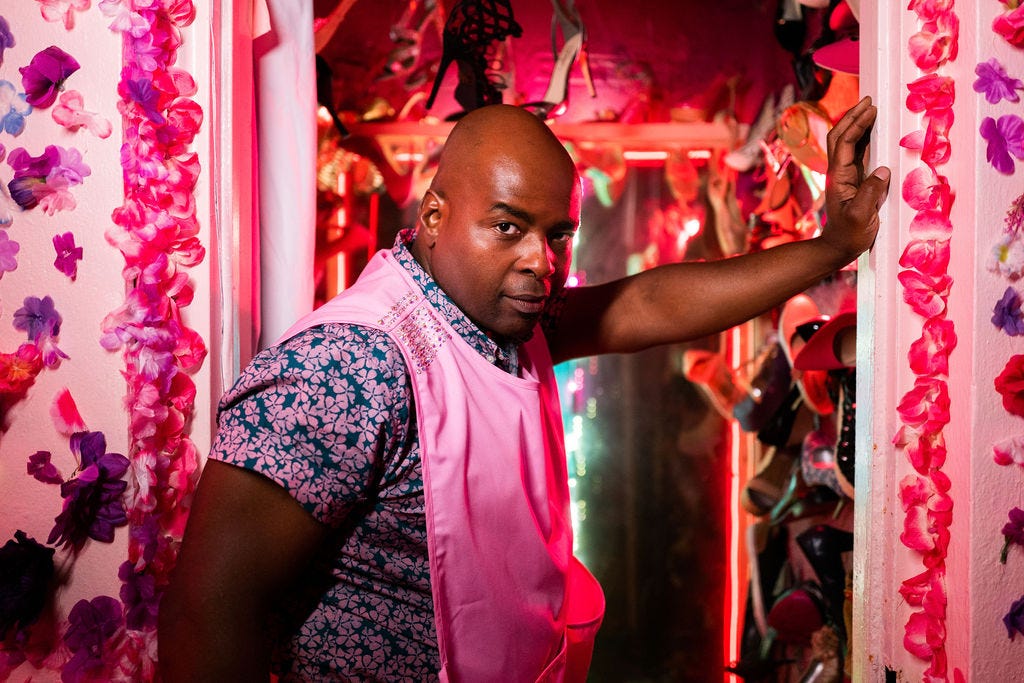
The production is mostly excellent but a tad uneven. Sadly, it’s encumbered by a clunky framing story in which the audience is extras for a troubled production of “North Beach: The Movie.” The instinct to “cast the audience” is admirable, but each scene recasts the audience in its own context, and so the device becomes pointless, even if at times charming (such as when we were told we were costuming assistants, helping a frustrated wannabe actress stuck sorting buttons in the back room). However, the main scenes manage to highlight the wide variety of themes; the “Glamor” track ranges from the seductive appeal of Miami to a giddy couple of Jewish honeymooners to the delusional spiral of grandeur of Andrew Cunanan (played by a magnificently creepy Charles Sothers). “Crime” ranged from frustrated thieves desperate to divvy up loot to a highlight of the evening; June Raven Romero as a reporter and temperance crusader ranting against sin, a Southern belle whose railing against vice is equal parts enthralling, horrifying, and dryly hilarious.
Get Blake Weil’s stories in your inbox
Join Medium for free to get updates from this writer.
SubscribeSubscribe
The sets were spectacular; the variety of landscapes crammed into the motel were incredible. While my group’s earliest scenes took place in standard hotel rooms, as the characters we met got more eccentric, the rooms shifted to resemble their mindscapes. A room could be a park, or a detective’s office, or, in the spectacular Cunanan scene, a bare room sparsely decorated with flickering news footage and wanted posters, which flowed into a pounding disco, one where Cunanan would drag us into to distract us any time the conversation drew too close to its dark, inevitable close.
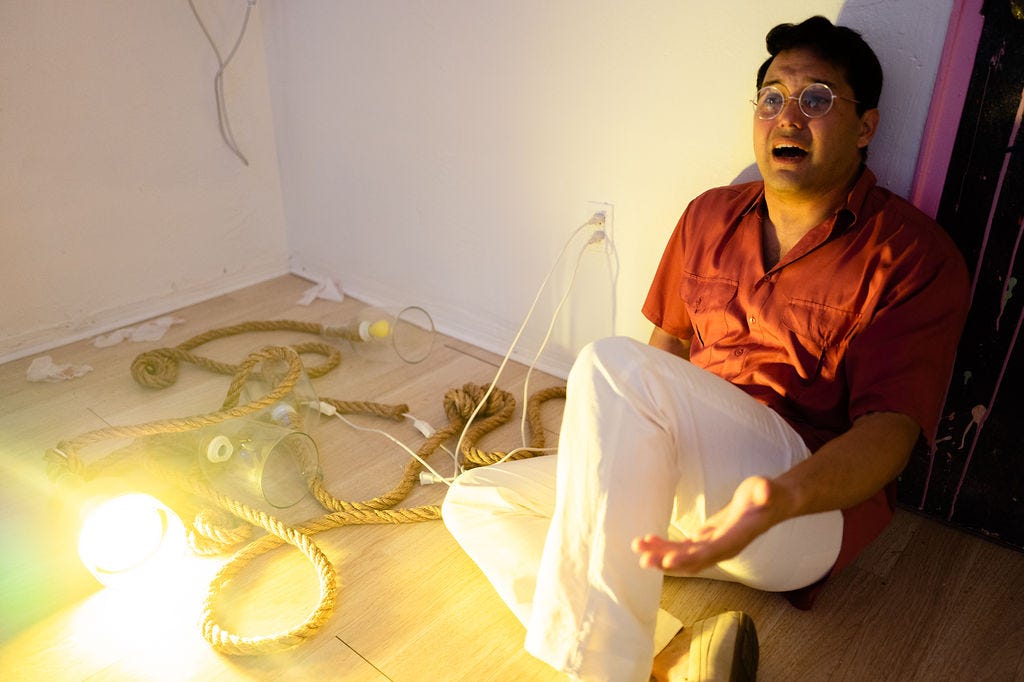
Sadly, the “Crime” track seemed to bring out the worst in its audience. After a relatively well-behaved audience on the earlier “Glamour” track composed of mostly retirees, the “Crime” track was easily the worst behaved audience I’ve ever seen in a show (possibly inspired by the subject matter, possibly just a later crowd that had pre-gamed at the local bars). Clearly intoxicated, they disregarded instructions, interrupted and accosted actors, and stole props from the set. The prop theft included one man chugging about a quarter bottle of the vodka used for complimentary vodka sodas in one scene, after having been offered and drinking two cocktails already. Needless to say, he was even worse behaved in later scenes.
I can’t blame the production for the behavior of the audience but I can note the poor safety protocols that put both audience and actors at risk. Ushers, who guided the audience from scene to scene, would leave for the duration of each scene, leaving the audience alone and unsupervised for long stretches. The actors, even when uncomfortable, had no clear protocols on how to handle and possibly remove misbehaving audience members. One actor had to carry the aforementioned bottle of liquor out with him, while another broke character after enough interruptions to calm down a belligerently drunk audience member. There is a reason Sleep no More has Black Masks shepherding their audience. The frame story, however needless, already would allow for “Production Assistants” in every room serving the same purpose. While I enjoyed a lot of the “Crime” track, which to be honest had more uniformly strong performances, it remains a black spot in my memory. The qualities of the work were overwhelmed by feeling unsafe. My friend Nick, for whom this was his first immersive production, was indignant. It’s a testament to the quality of the performance, especially the glitter of the “Glamour” track unencumbered, that he’s eager to return for another immersive theatre piece at all.
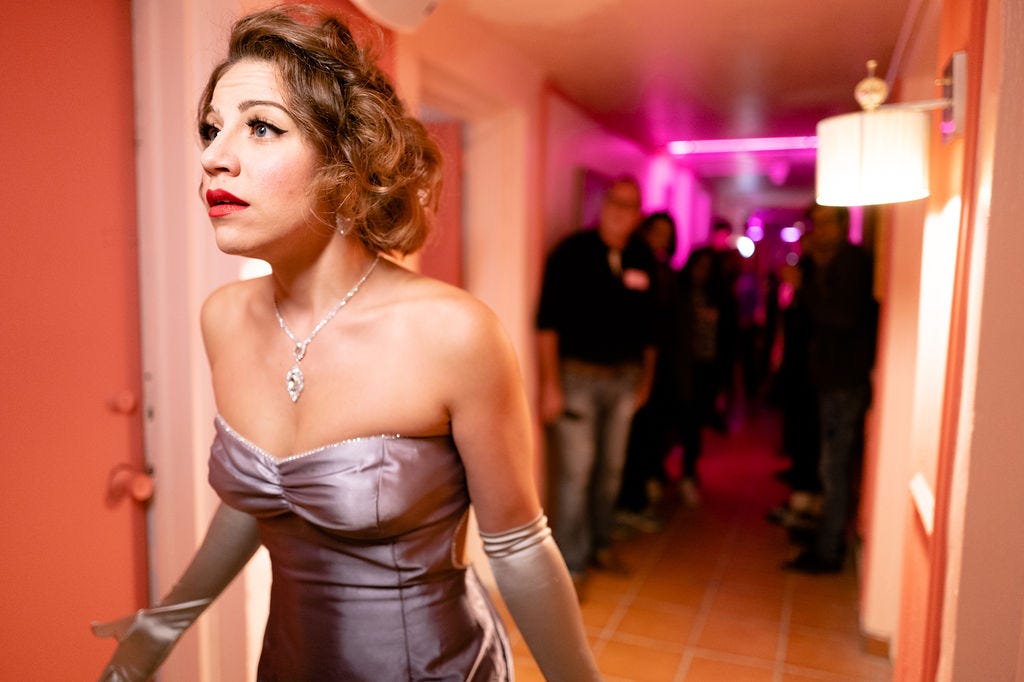
While it’s sad I’ve needed to dwell on this, all in all, the show was fairly great. It was fun with a purpose, and left the audience reflecting on the lives and cultures North Beach has touched, especially in this period of transition. The safety protocols are easily fixable, and with a little bit of polish, Miami Motel Stories could easily be the spark that lights an immersive boom in Miami, a city already known for its live arts culture. Until that fix is implemented though, it will remain a not entirely successful venture, although nonetheless a breath of fresh air in the continued spread of immersive theatre across the country.
The remaining dates for Miami Motel Stories: North Beach have been postponed.
However, every Tuesday at 4:00PM Eastern, the company is interviewing the actors, designers, staff and fans behind the experience on Zoom. Sign up for their mailing list to learn more.
NoPro is a labor of love made possible by our generous Patreon backers. Join them today!
In addition to the No Proscenium web site, our podcast, and our newsletters, you can find NoPro on Twitter, Facebook, YouTube, Instagram, in the Facebook community Everything Immersive, and on our Slack forum.
Office facilities provided by Thymele Arts, in Los Angeles, CA.


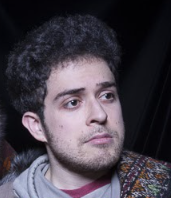

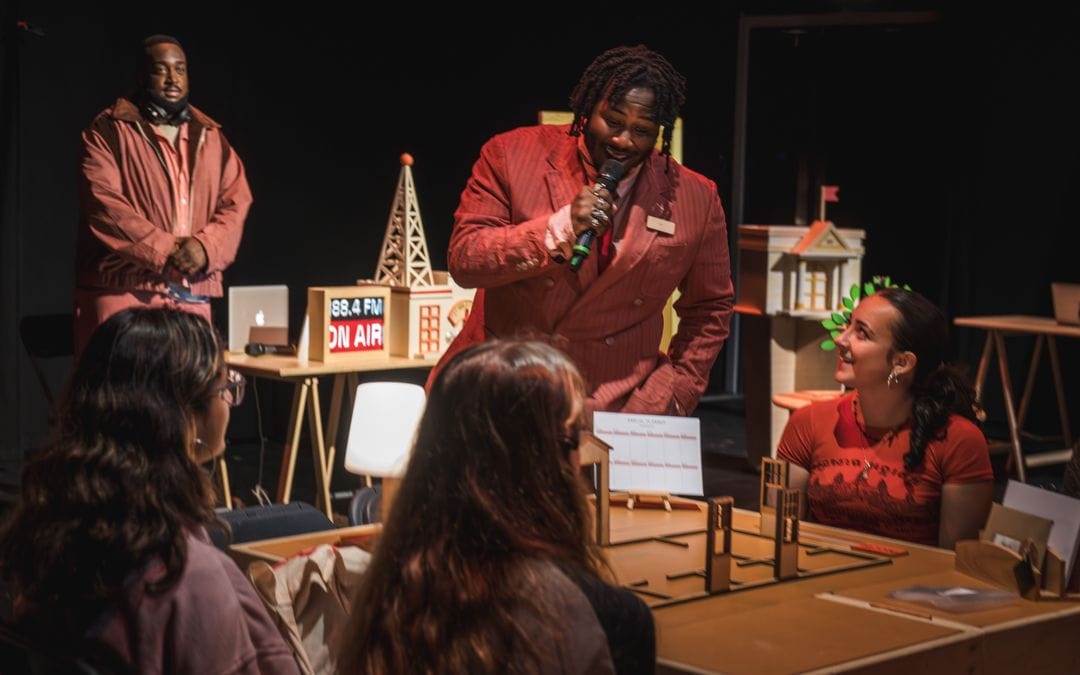
















Discussion